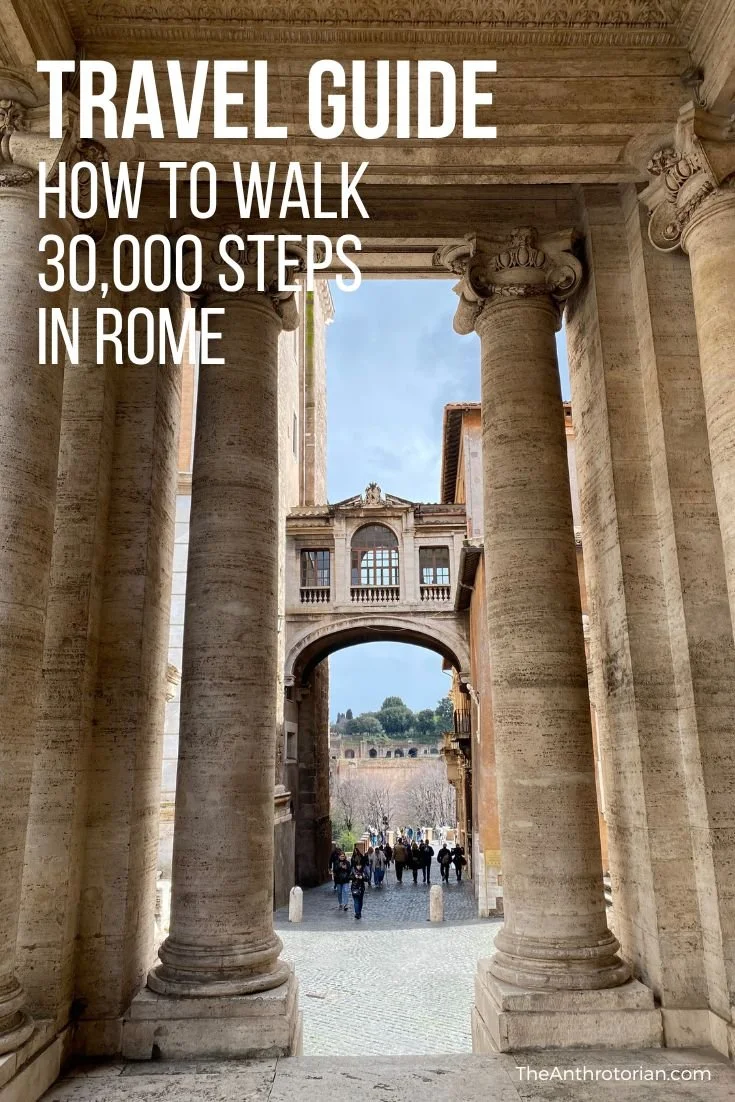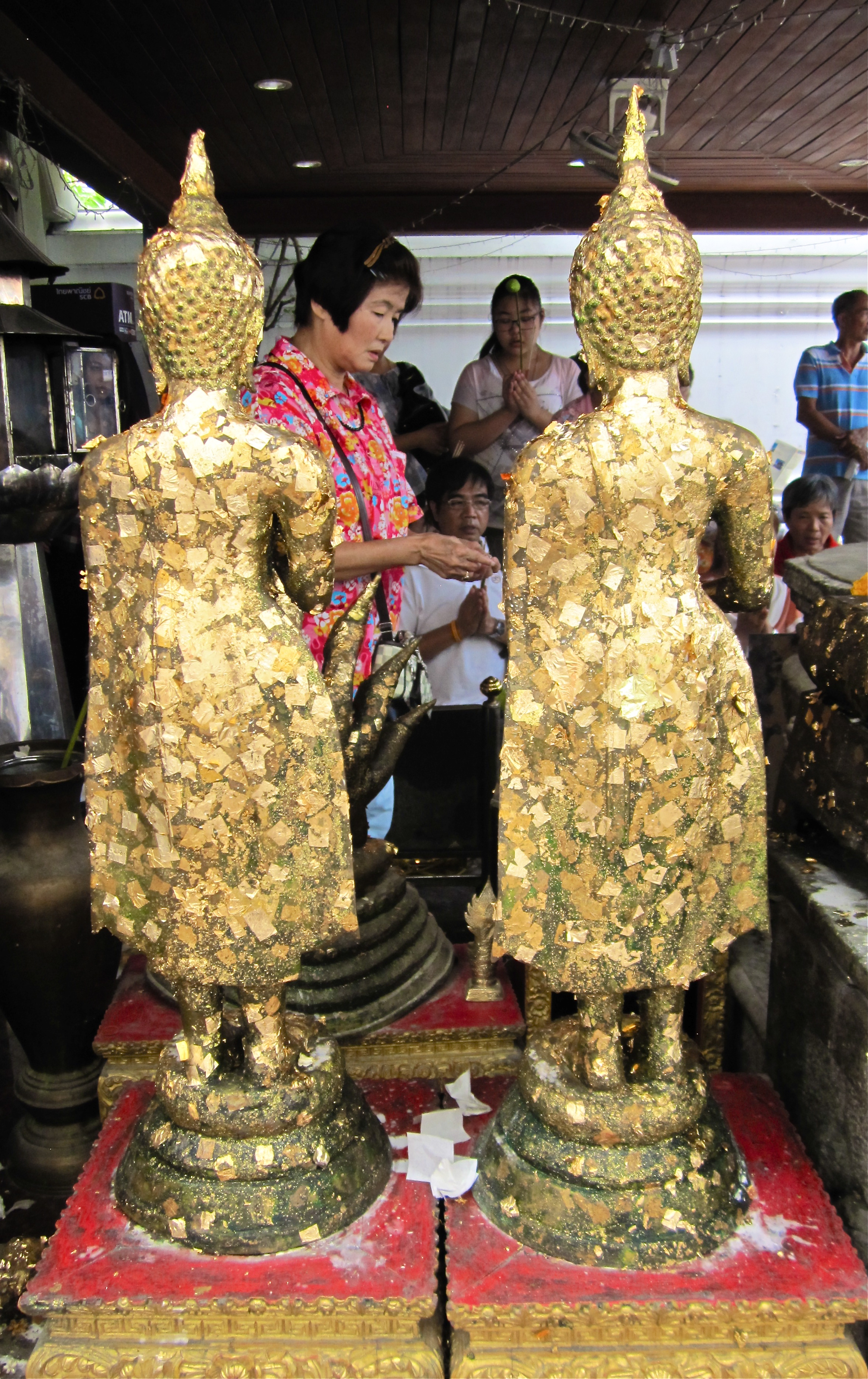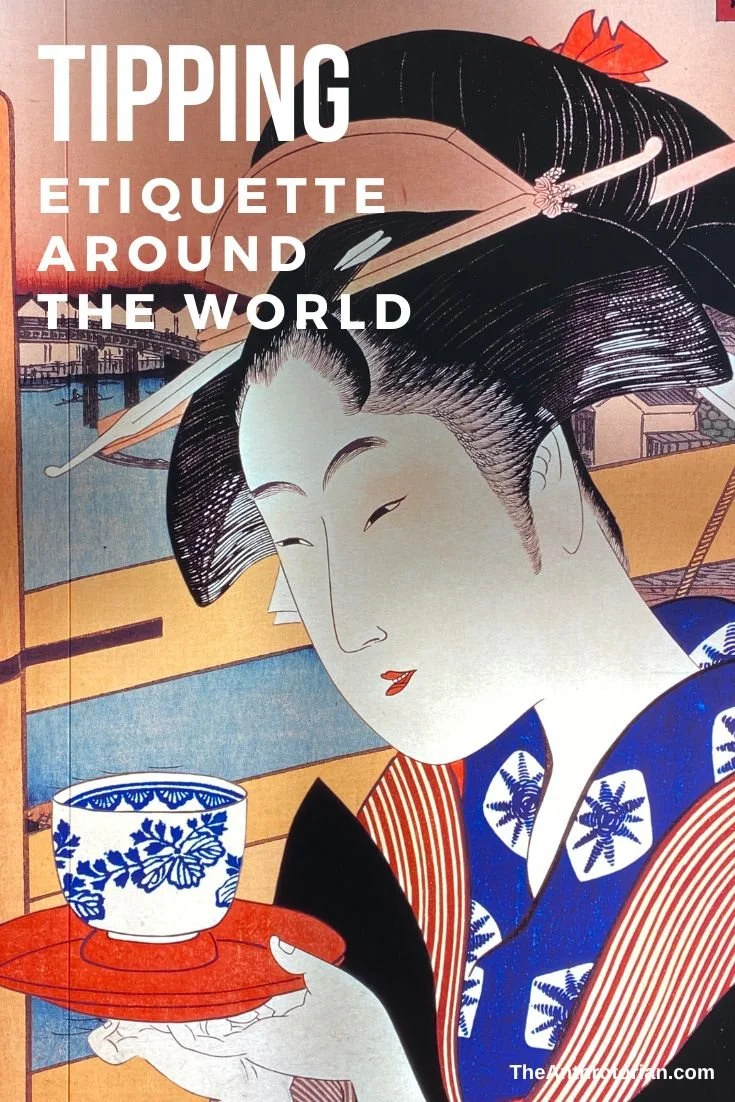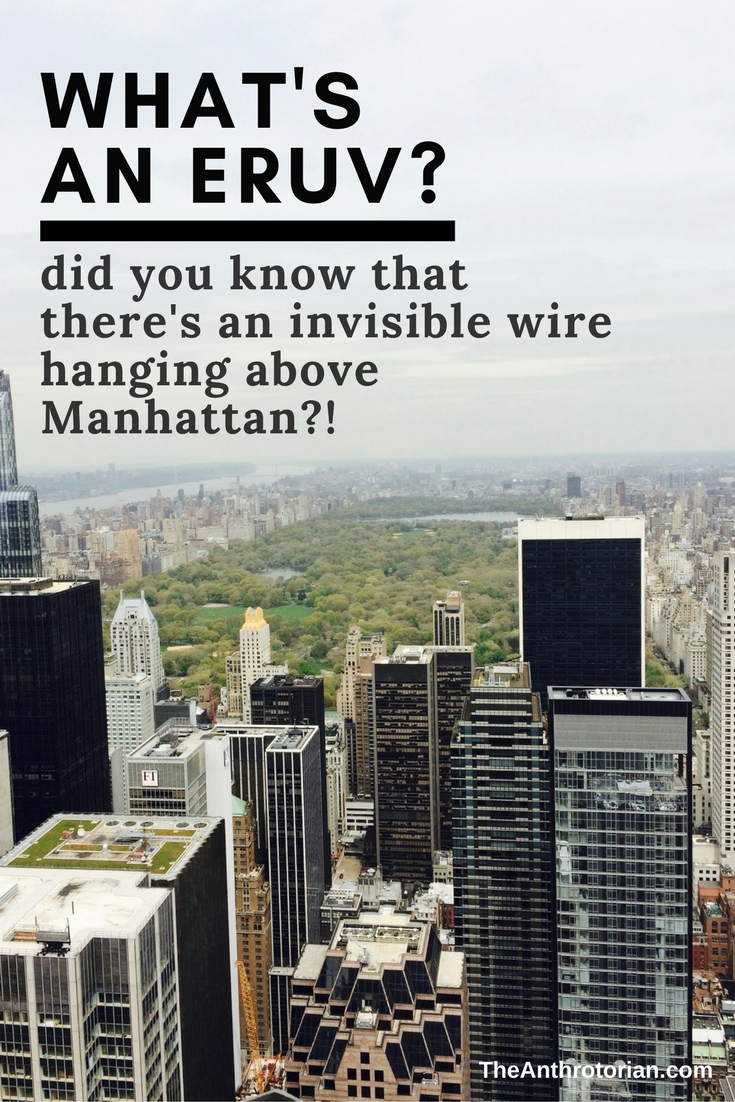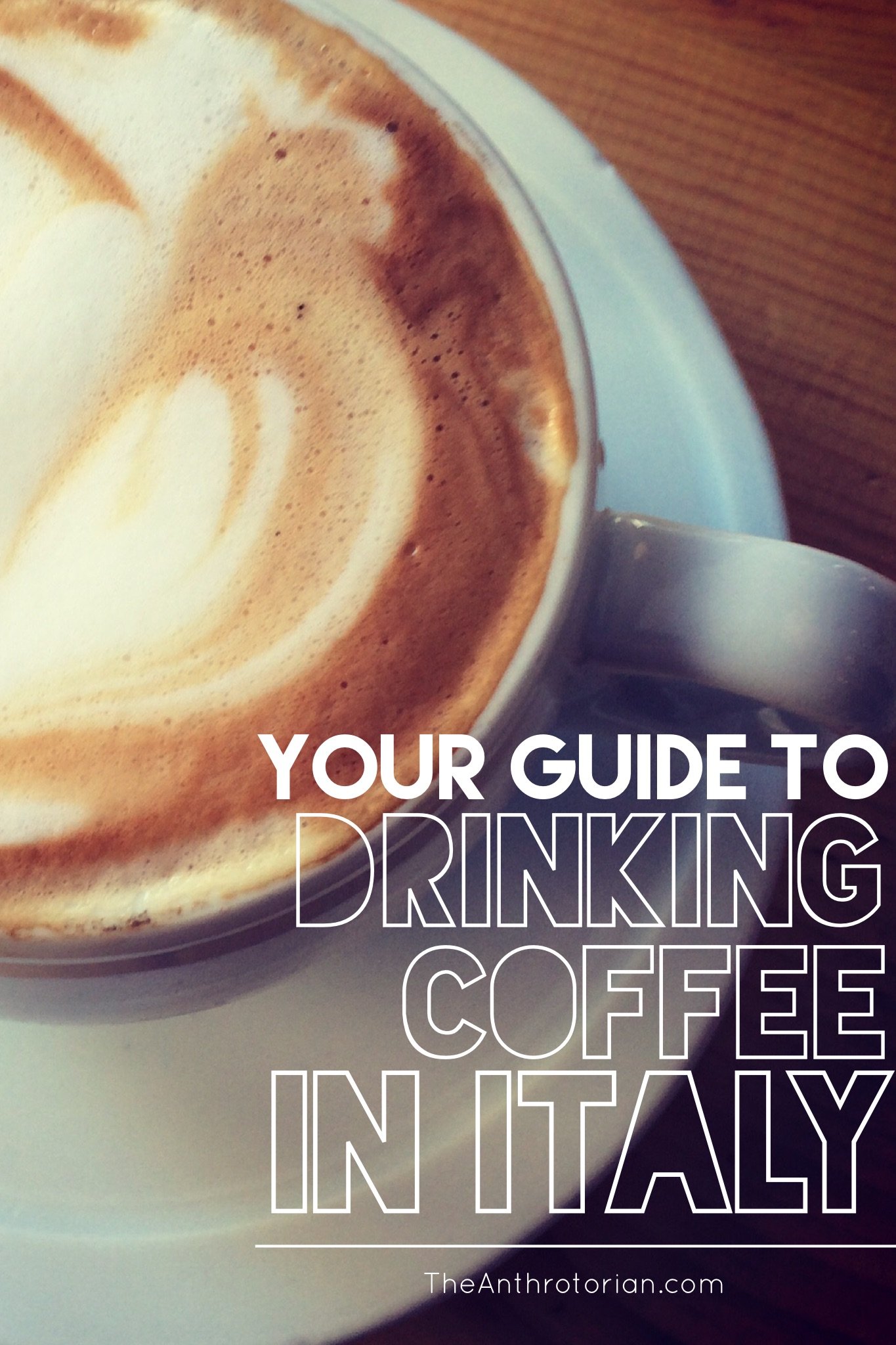World traveler and filmmaker Jacob Laukaitis, recently spent five days living deep in the slums of Mumbai and documented the experience in an eye-opening film. (Check out my Q&A with Jacob to learn more about him here.)
Read MoreThe Jjimjilbang Experience: Getting Naked With The Locals In South Korea
When I was first asked by some fellow foreigners in South Korea if I wanted to get naked in a public bathhouse and sauna on my first weekend in the country, I looked at them like they were nuts.
Somehow though, they managed to talk me into it (I blame severe jet lag), and it was one of the best decisions that I have ever made.
Found all over the country, in both large free-standing complexes or on the top few floors of high-rise buildings, the jjimjilbang or public bathhouse became one of my favourite spots, and one of the things that I miss most about living in South Korea.
Now, before we go any further, shake all the dirty, dark, or (ahem) inappropriate images of "bathhouses" out of your head. The South Korean jjimjilbang is the complete opposite, and is part of a tradition of ritualized bathing that can be traced back to ancient Egypt, to prehistoric cities that existed in the Indus River Valley, and to the Aegean civilizations — not to forget the Greeks, Romans, Eastern and Central Europeans, and Japanese.
The bathhouses in South Korea are a cross between an aqua centre, a spa, and a theme park. They are gender-segregated because bathing suits of any kind are not permitted, though most have a unisex area where, after donning pajama-like T-shirts and shorts that are provided, you can meet up with members of the opposite sex. This area usually has a snack bar, a gym, TVs, Internet access, sleeping quarters (with bunk beds or floor mats — yes, you can actually spend the night there) and communal saunas.
The interior of a communal salt sauna. You are supposed to sit in the salt and cover yourself in it to absorb it's purifying characteristics. (image source)
They are usually open 24 hours and have no time limit for how long you can spend in them (seriously, you could spend an entire weekend there for your single entry fee of around 10,000 won or $10 per person).
My visits to a jjimjilbang usually went like this:
I would walk up to a bright front desk area fully staffed with friendly people who spoke zero English and looked at me like I had no idea what I was getting myself into. Holding up one finger I would say “Hana juseyo” (one please) and they would hand me my towels and key and charge me the entry fee. Shoes off, I would walk barefoot across the warm, heated floors and into the large locker room where my numbered key would open a corresponding locker. This is where I stored my bag and ALL of my clothes.
Don't get me wrong, this was TERRIFYING the first few times.
Being stared at on the street, fully clothed was one thing (a tall white girl in a very homogenous South Korea stands out like a sore thumb), but the idea of being naked in a room full of other naked women who would be staring right at me — and at all of my bits — was horrifying. But, I was surprised to discover that for the most part they completely ignored me. I know this is hard to believe, but I usually felt more self-conscious on the street fully clothed then I ever felt naked in a jjimjilbang.
Once I had stripped off all my clothes, it was time to head into the pool area.
But, before even thinking about getting into the steaming pools (which were emptied and cleaned once a day), protocol required that I hit the showers and completely scrub any trace of the outside world off of my body. I’m talking shampoo, condition, foam, wash, scrub, mask and anything else that I could think of to eradicate any dirt or dry skin.
Alone at the jjimjilbang one night, I had just started my process of cleaning when I was startled to suddenly feel someone scrubbing my back. I quickly rinsed the soap out of my eyes and turned to find a small, grey haired ajumma (grandmother) smiling at me and holding a coarse yellow cloth. She had seen that I was alone and had come over to help me wash the parts of my body that I couldn’t reach myself. Over her shoulder I could see her family watching and also smiling as she motioned at me to turn back around. Korean families would often visit the bathhouse together, taking turns scrubbing each other's backs or washing each other's hair. After my initial shock had worn off, I shrugged, thanked her in Korean, turned back to the shower and continued to wash my hair while she scrubbed me raw from my shoulder blades to my tailbone.
A photo of the female pool area at the Hurshimchung Jjimjilbang in Busan, South Korea
No other feeling in the world compared with sinking into a pool after the scrubbing was complete. My skin would be tingly, and every muscle in my body would un-clench as mini waterfalls carrying scalding hot water would fill the air with steam. The pools came in all shapes, temperatures, and water types that when used in a certain order were supposed to help one attain a high level of ‘purification’. There was usually a pool lined with fragrant cedar, one filled with green tea, one scented with eucalyptus and a lavender scented one with violet colored water that made me feel like a member of the ancient royal family. Jumping into the glacial plunge pool was always a rush, but it usually made me feel like I was going to pass out and it always took me a few seconds, clinging onto the edge, to see straight. In one corner of the room strong jets shooting down from the ceiling gave a life changing back massage and through heavy glass doors a latticed outdoor area, open year round, had a cold bath, a hot bath and at night, a full view of the stars.
Once my fingers and toes had started to prune, I knew that it was time to take a break from the pools and I would make my way across the warm, womb-like room to the saunas. There were only a few of them in the segregated area, but all were scented with a different essential oil or herbs that were meant to aid in even further inner and outer cleansing. I would usually just lay on the floor, letting the heat weigh me down, and let my mind go blank. Time seemed to disappear on my visits to the jjimjilbang.
Leaving the saunas, I would spend my last few minutes recovering from the extreme heat by laying on one of the warm marble slabs that were scattered throughout the main room. My body would slowly cool down while I listened to the steady trickle of running water and the quiet chatter coming from the corner where women were getting massages. A board on the wall advertised the different services available, but because I couldn’t read hangeul, I never knew what they were. They ranged in price from 10,000 won to 30,000 won (between $10-$30) and from what I observed the most popular were either a bone crunching full body massage or allowing a serious looking women in mismatched lingerie to scrub you raw. Ok, so maybe it wasn't just the fact that I couldn't read the board — those women scared me a little.
My skin has never been so soft, and I have never been so relaxed as I was after visits to these incredible cultural spaces. Don't let your fear of being naked in a room of other naked people prevent you from missing out on this amazing experience — trust, me it's worth it.
22 Quirky, Unique, and Wonderful Things To Love About Thailand
There are so many reasons to love Thailand — many more than the 22 listed here — but these are some of my most favorite things about the Thai culture, and should give you some insight into why so many people make this country their vacation destination!
Read MoreTravel Tales: Surviving The Songkran Water Festival in Thailand
I stepped gingerly out of the cab, swinging my heavy pack onto my back, trying to get my bearings amongst the chaos of the Thai New Year celebrations.
The driver had dropped me only about four blocks away from my hotel — it was as close as he could get — but there were so many people on the street celebrating Songkran that I was feeling a bit turned around.
Already sweating in the 40+ mid-day Thailand sun (not that it mattered, I was about to be soaking wet) I set off down a side street lined with food carts, and stalls selling small waterproof bags and water guns... and water...
While looking up at the flags strung across the street above me, I felt a cold stream of water run down my neck, then another hit me straight in the belly button, and yet another smack dab in the middle of my forehead... It had begun...
What's a bigger target than a foreigner at a country's largest festival that involves throwing water at each other?
A foreigner with a ackpack on her back. (Luckily I had planned ahead and packed ALL of my stuff in plastic bags... one point for me!)
I was right in the middle of a country-wide water fight that ushers in the traditional Thai New Year (April 13, 14 and 15). It is traditionally a time of renewal, cleansing AND wandering the streets with buckets of water to soak people with.
The country's most famous festival did not start out as a full-on no-holds-barred water fight. Not too long ago it was celebrated with quiet temple visits, 'new year's resolutions' and house cleaning. The temple's primary Buddha was ceremoniously bathed by monks and followers splashing water on it, water was splashed on the hands of elders, and was playfully splashed (not thrown) at friends as a way to with them luck.
Oh, how things have changed...
(As an added bonus, the festival falls on the HOTTEST time of the year in Thailand and the cold, cleansing water is actually a welcome escape from the heat.)
During Songkran it is next to impossible to step into the streets of Bangkok and stay dry (especially if you are staying in the Th Khao San area, which I was). The streets were not only full of people (mostly Thais) throwing water, but also with live music, DJs, and an indescribable atmosphere.
It was an incredible experience, but after being soaking wet for 2 days straight I was ready to dry off!
Luck is said to be measured by how doused you are — it is safe to say that I am the luckiest girl in the world (even a monk threw water at me at the temple!).
Must-Visit Destination: Exploring The City of Taormina, Italy
THE STATS:
Location — Taormina is a small picturesque town located on the east coast of the island of Sicily, Italy. It perches high on the cliffs above the Ionian Sea, which is luxuriously warm and has an extremely high salt content (better for floating!).
Population — Approximately 11,000 permanent residents call this historical village home.
Claim To Fame — Considered to be the most beautiful town in Sicily, Taormina has been a hub of art and trade back to the time when Italy was ruled by the Greeks (around the 5th century BC). Now frequented by the European jet-set, it is the type of Italian town you see in the movies, and is packed with restaurants, cafes, parks, and boutiques. One of the most stunning sights is the Teatro Greco, an ancient Roman amphitheatre that overlooks the sea and — on a clear day — gives you a view of Mt Etna. Oh, and did I mention the AMAZING beaches!
Orientation — The town centre is located on the top of a hill (you must take a bus or a looonnnggg walk to get up to it). The main road, Corso Umberto I, runs through the whole town.
Getting Around — Walk, walk, and walk! This is a tiny little town so the easiest way to get around, and take in the gorgeous views, is to use your own two feet. In order to get down to the beach you will need to take a cable car OR go on a nice long steep hike (trust me, take the cable car).
Getting There and Away — If you are coming from the mainland, the easiest thing to do is to take the train. How do you get to an island on a train you ask? On a boat of course! The Italians have ferry boats that line up with the tracks and allow the trains to drive right on, meeting up with the tracks again on the island. You will need to catch an Interbus from the train station into town. If travelling around the island the best way to go is by bus.
Where To Stay — Because Taormina tends to attract a wealthier crowd, there are many expensive hotels, pensiones, villas, and rooms for rent. But, the budget conscious need not dismay, there are also a few cheap hostels and even a campground for you! Try and call ahead if you are travelling in the high season however, as you can imagine, these less-expensive options fill up fast!
What To Do — Relax at a cafe, ride the cable car down to the beach, suntan, take in the majestic view of Mt Etna at the Teatro Greco, hike up the cacti speckled cliffs overlooking the sea, wander through the historic city centre as the sun sets, indulge in a delicious meal at a local restaurant... REPEAT!
How I Found It — While travelling through Italy, my travel buddies and I ended up in Taormina largely because it was the lest expensive ticket to buy at the train station. Our ultimate goal was getting to Mt Etna (a town over), but we decided to stop here in order to save some money.
Intending to only stay for one night, we ended up adding a few more because of the chilled out atmosphere, a great hostel, and the gorgeous beach!
How To Cross The Street In Southeast Asia
What’s scarier than a stampede of wild horses running towards you?
If you guessed trying to cross the street in Southeast (SE) Asia, you would be correct!
Welcome to the land where crosswalks don’t exist, street-lights and stop signs (if there are any) are just a suggestion, and painted lines deleanating lanes are simply interesting road art.
If you are determined to stick to your western world-view that ‘as a pedestrian you have the right of way’, be prepared to become a western-style pancake. That rule means nothing on the mean (ok, they really aren’t mean, it just sounds cool) streets of SE Asia.
Here are a few suggestions on how to survive the traffic-choked streets:
Your first option is to just never cross the street, however, this will severely limit your experience and I do not reccommend this option at all.
Another option is to avoid walking and simply become a part of the problem by only taking cabs wherever you go. However, if you are on a budget or even remotely adventurous, this option will not work for you either.
The third option (and THE ONE I THINK YOU SHOULD PICK… no pressure) is to follow these simple steps:
Decide that you are going to cross the street.
Take a deep breath.
Step into traffic, look ahead, and begin walking at a steady pace in a STRAIGHT LINE.
Even if it seems like you are about to be hit, DO NOT SLOW DOWN OR SPEED UP.
Continue walking until you reach the other side.
Step up onto the curb.
Start breathing again.
Why will this work you ask?
So used to dodging other cars, scooters, tuk-tuks, and elephants (yes, elephants), drivers in Southeast Asia tend to be extremely alert and defensive. As long as you stay at a steady pace and walk in a straight line, dodging you is a breeze.
Good luck!
Unconventional Tourist Attraction: Exploring European Cemeteries
I have never been one to visit the dead.
It has nothing to do with religion or anything, I have just always felt that my memories of a lost loved one are stronger than anything that I could find standing in front of a grave.
Despite this, on a recent trip, I found myself drawn to a small cemetery in Paris where the French poet, art critic, and essayist Charles Baudelaire was buried. I had studied, quoted and written about him throughout my university career and even after, could feel the influence of his words in how I observed certain aspects of the world.
Like we make pilgrimages to famous museums to see the great works of art that the likes of Michelangelo, Monet, and Andy Warhol have left behind, I felt a need to make a pilgrimage to Baudelaire’s grave.
Just outside the walls of the cemetery I purchased a single, long stem red rose from a lady with a flower cart. I felt a little silly as I walked through the arched entrance in the cemetery wall and onto a deserted cobblestone street. I had never visited a grave before, especially not one marking someone I hadn’t even known.
“I found myself drawn to a small cemetery in Paris where the French poet, art critic, and essayist Charles Baudelaire was buried”
It took me about 20 minutes to find the tomb in the confusing maze of headstones. It was the only one, out of all that surrounded it, covered in flowers. I didn’t feel so silly once I realized that I was not the only recent visitor.
Setting my single rose next to a bouquet of lilies and running my fingers over his name, I turned and walked back to the wall and out into the noise of Parisian traffic.
Taking a stroll through a cemetery might sound morbid, but in Europe, 19th century cemeteries are big attractions. Yes, there are ‘quirkier’ visitors that are there to hold vigil for hours in front of the graves of famous figures (Jim Morrison’s grave in Paris attracts some interesting people), but the majority of visitors are your plain old average tourist.
Surrounded by thick stone walls that create a peaceful sanctuary, these cemeteries are laid out like cities with street names and green spaces.
The opulent mausoleums are a study in architecture of the different time periods they were built in, and elaborate grave markers, representing the life of the deceased, turn these burial places into verdant sculpture gardens. In the light of day, these places are like beautiful, outdoor museums.
Death is the ultimate neutralizer, and in these beautiful spaces, you can find dictators buried next to revolutionaries, musicians next to business men and the rich next to the poor.
If you are going to be in Europe this summer, I suggest dropping by the Kerepesi Cemetery in Budapest or Cimetiere du Pere Lachaise in Paris. They are massive, full of beautiful sculpture and — if it is something that interests you — a bunch of famous historical figures.

